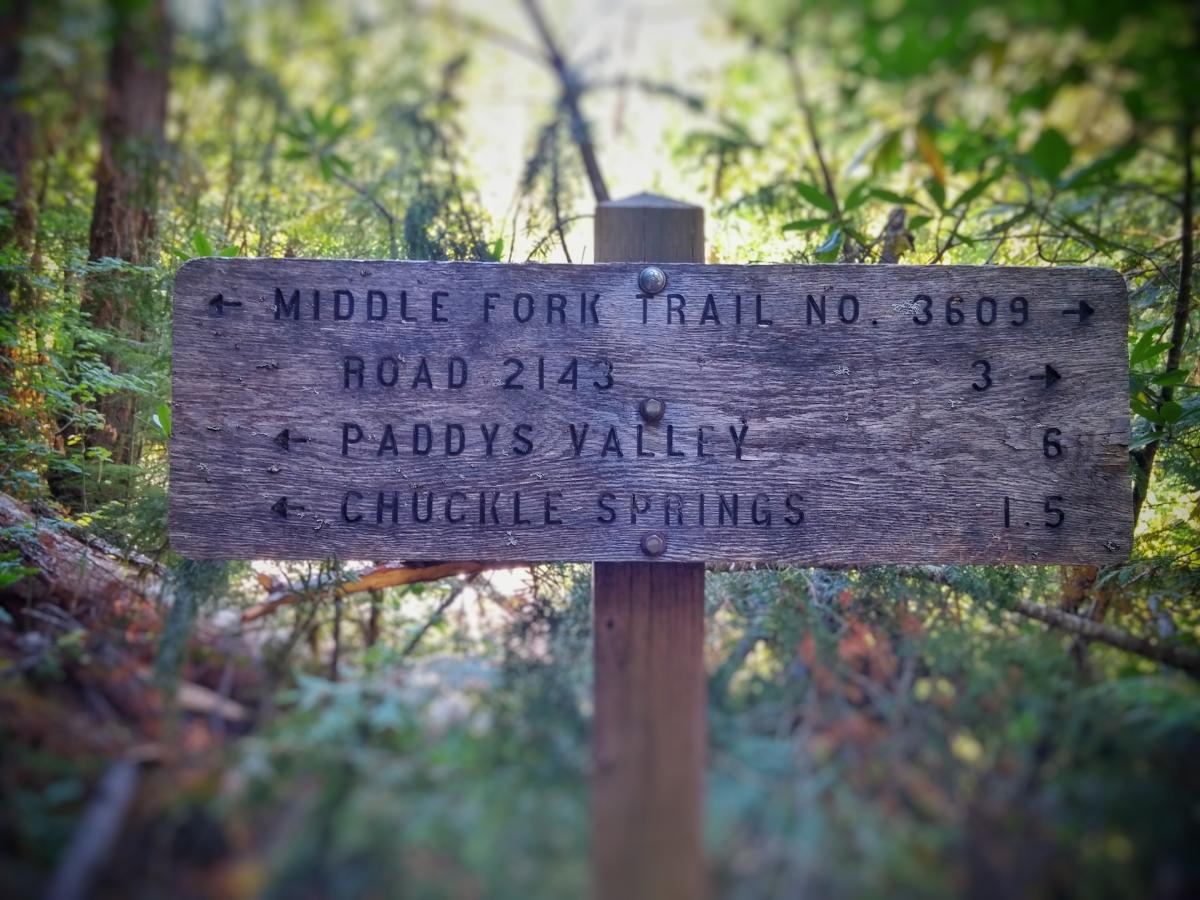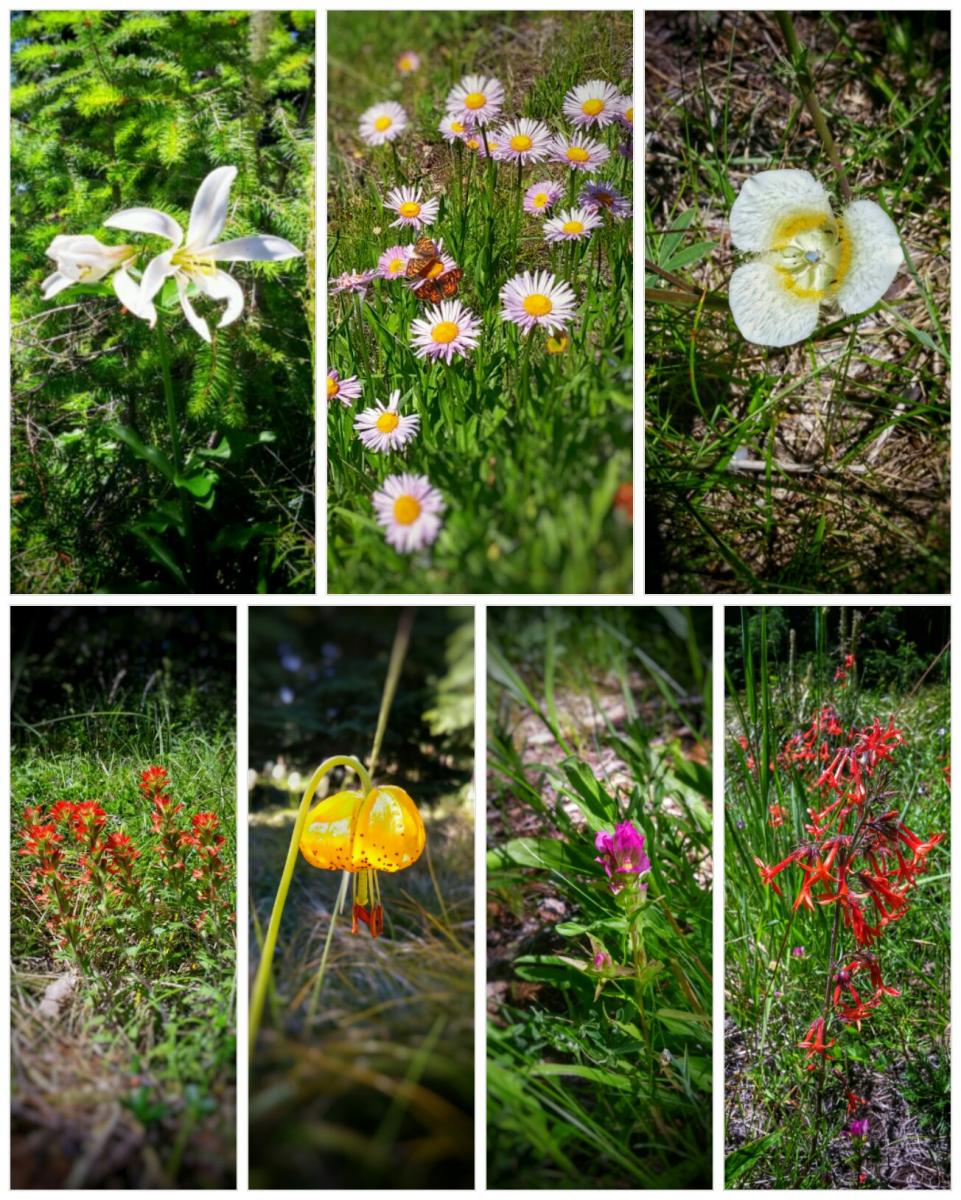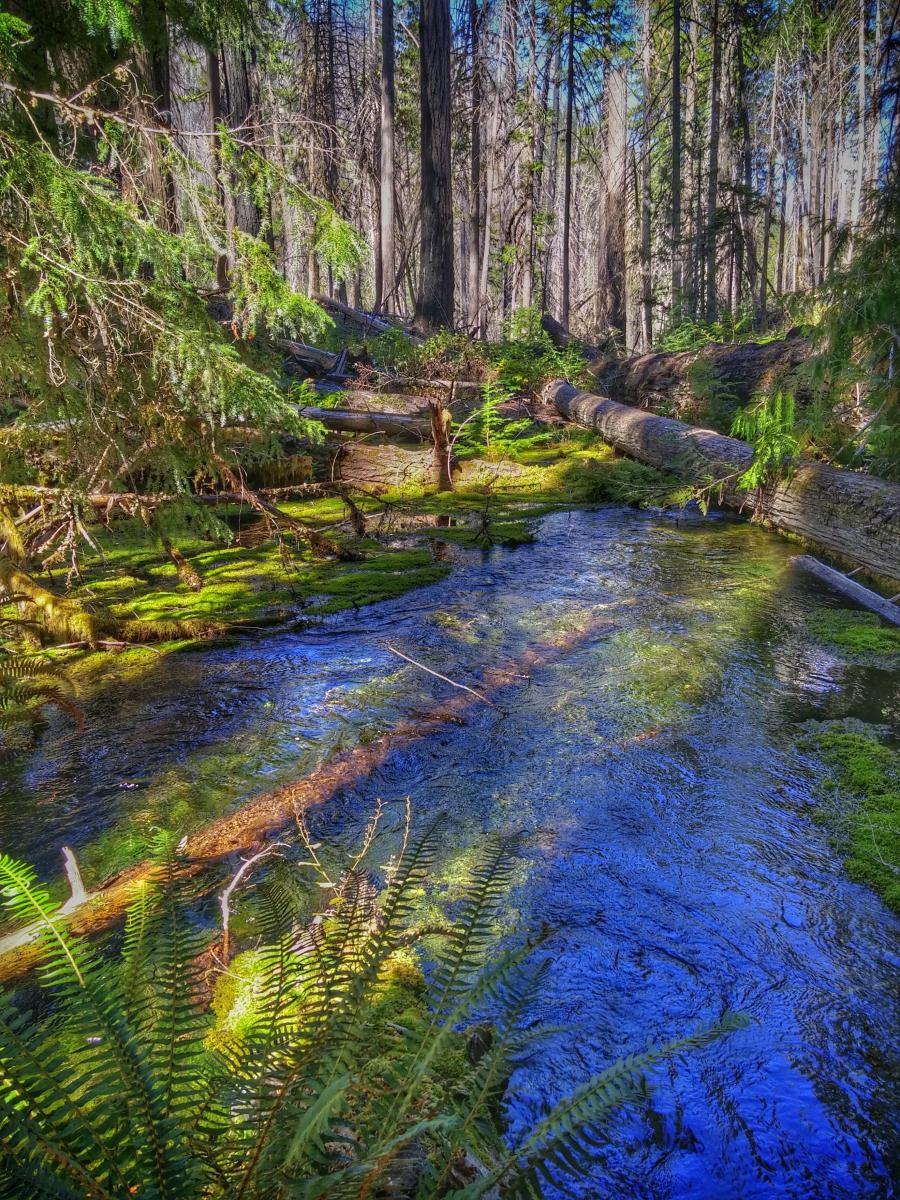
Greetings!
My name is Jenessa Dragovich, and as a lifelong Oregonian and nature enthusiast I have respected and admired Oregon Wild’s work for a long time. This summer, I had the opportunity to work with Oregon Wild as a Conservation Technology Intern. Looking out for public interests, Oregon Wild tracks proposals on Oregon public lands and gets involved by reviewing, commenting, and sometimes legally challenging proposed activities that threaten our wild lands and wildlife. My main contribution to their efforts was to revamp the database program that they use to track projects through the NEPA process, subsequent timber sales, or the court system. My hope/goal was to leave them with a more efficient, functional, and robust tool so that they can keep up the amazing advocacy work that they do on behalf of all Oregonians concerned about the welfare of the wild places and wildlife held in the public trust. 
In addition to working on the database, I was fortunate to also get out and hike in some of our beautiful native forests. I love old growth forests. Ab-so-lute-ly love them. Personally, I feel a similar spiritual (for lack of a better word) contentment when among ancient trees as I do when I visit the ocean. Both settings remind me of my place in this world and simultaneously make me feel tiny and insignificant and yet intimately connected to something much grander than my mere human existence. Mundane stresses seem to melt away and I live and breathe—more than at any other time—in the moment. I treasure finding this state of mind and find that I need periodic doses of it to survive the daily grind. Oregon Wild’s mission is to protect these invaluable places that provide so much more than mere board feet.
 One of the breathtaking places I was introduced to was the Bunchgrass Ridge hike, a segment of the not-yet-completed Eugene to Crest trail. We scouted the trail conditions for an upcoming hike to be led by Oregon Wild. Hidden meadows with bear grass clusters and wildflowers were sprinkled in between old growth forests and occasional rock outcroppings that yielded breathtaking vistas of several iconic Cascade peaks. Part of what makes this particular hike so special is that it borders the 1991 Warner Creek burn site. I can remember the nearly year-long occupying protest against salvage logging the post-arson timber. It seemed such an injustice that a forest that was off limits before the fire could so easily become up for grabs as a result of a crime. In the end, the salvage was canceled and Warner Creek stands now as a beautiful example of how well—and how vastly different in contrast to clear cuts—forests can recover and regenerate themselves, naturally.
One of the breathtaking places I was introduced to was the Bunchgrass Ridge hike, a segment of the not-yet-completed Eugene to Crest trail. We scouted the trail conditions for an upcoming hike to be led by Oregon Wild. Hidden meadows with bear grass clusters and wildflowers were sprinkled in between old growth forests and occasional rock outcroppings that yielded breathtaking vistas of several iconic Cascade peaks. Part of what makes this particular hike so special is that it borders the 1991 Warner Creek burn site. I can remember the nearly year-long occupying protest against salvage logging the post-arson timber. It seemed such an injustice that a forest that was off limits before the fire could so easily become up for grabs as a result of a crime. In the end, the salvage was canceled and Warner Creek stands now as a beautiful example of how well—and how vastly different in contrast to clear cuts—forests can recover and regenerate themselves, naturally.

To my delight, I was introduced to old growth forests in my own backyard. Another scouting mission for an upcoming hike took us to the Middle Fork Willamette trail. We saw beautiful natural springs, Indigo Springs and Chuckle Springs as well as several small unnamed ones, gurgling up along our path. As we followed the trail along the river we even meandered through yet another burn site—this time from the 2009 Tumblebug fire which jumped the river to scorch a small portion of the forest along the middle fork trail. We finished our trip with a small excursion to an old growth grove with giant Douglas firs and massive western white pines. Thanks to my time with Oregon Wild, in addition to the professional experience, I now have a new “favorite place” to explore!
 '
'
